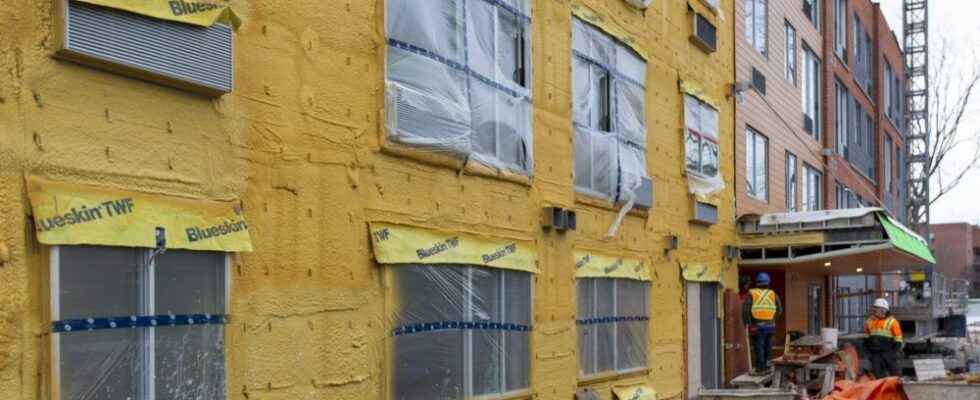Amid London’s housing crisis, city politicians will hear updates from two city-owned agencies about the progress they’ve made over the last year to house people in need.

Amid London’s housing crisis, city politicians will hear updates from two city-owned agencies about the progress they’ve made over the last year to house people in need. The housing development corporation – now run in-house at city hall – and London and Middlesex Community Housing, the public housing provider, share their latest statistics in reports to their shareholders, otherwise known as city council.
NEW AFFORDABLE HOUSING: London’s housing development corporation (HDC) – an arm of city hall responsible for funding new affordable units – helped to build 65 new affordable units last year. Another 464 units are in the works, but not yet constructed. Those totals fall well short of the 600 affordable homes London needs to create each year to meet council’s target of 3,000 by 2026.
NEW APPROACH: In a bid to get people with stable, affordable homes connected more quickly, city hall has begun building “rapid” housing, using prefabricated materials to speed up construction. City Hall has taken the lead on three projects. A 61-unit building at 122 Base Line Rd. – formerly vacant, surplus land – is already done, and tenants moved in this winter. Rents for a one-bedroom unit there hover between $450 and $692 a month. Two other builds are in progress at 403 Thompson Rd. and 345 Sylvan St., with a total of 86 affordable units between them. It’s a relatively new practice for city hall to take charge of an affordable development, rather than giving grants or loans to the private sector or non-profit housing agencies to do the work of building new housing.
BONUS: There were 94 affordable units negotiated with developers in newly constructed buildings last year. That’s part of the bonus zoning system used by municipalities to approve taller or more dense developments in exchange for community benefits like affordable housing. Most of those units are set at 70 or 80 per cent of average market rent for several decades, which critics say is far from “affordable” for most people in need of housing. Another 80 affordable units are under review as part of proposals that haven’t yet been approved by council. The provincial government is removing the ability to use bonusing as of September.
REPAIR: Nearly $2.8 million worth of repairs were made at public housing complexes in 2021. The bulk of the fixes related to improving safety, repairing the interior of units, and fixing electrical, mechanical, or plumbing issues. Four new accessible playgrounds were installed. Assessments are happening now to determine how to spend a massive injection of federal cash – more than $40 million – to repair and renovate more than 2,000 of London and Middlesex Community Housing units. That will include better accessibility and common room improvements at eight highrise buildings and new furnaces, water heaters, windows and doors at five townhouse complexes.
- 343: Households moved into public housing units last year.
- 353: Public housing units – either apartments or townhomes – were renovated or repaired last year.
- 602: Affordable units funded by the housing development corporation since it was created in 2016.
- $1,095: Average market rent in London in 2021.
